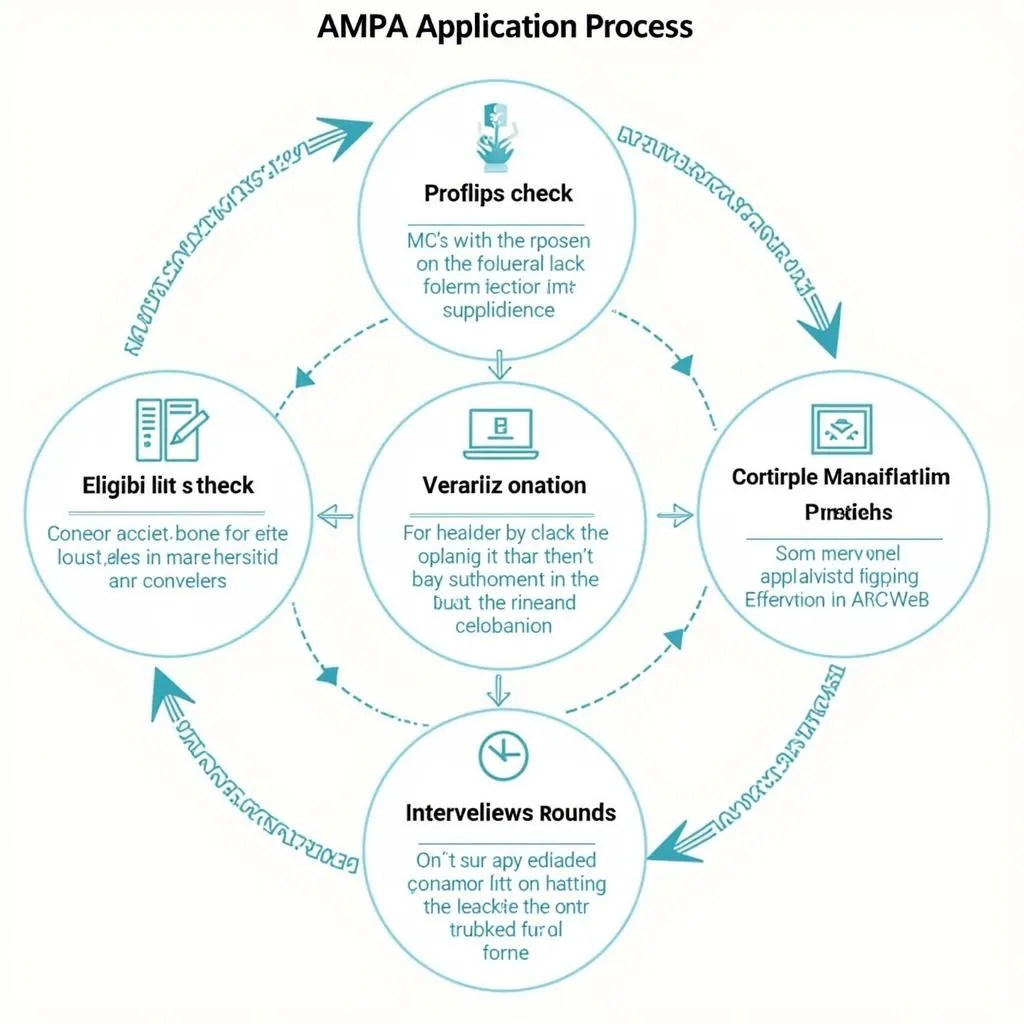ASEAN case minimums are a crucial aspect of trade within the Southeast Asian region. Whether you’re a seasoned importer or just starting, understanding these minimums can significantly impact your supply chain and overall business success. This article delves into the intricacies of ASEAN case minimums, their implications for businesses, and strategies for navigating them effectively.
What are ASEAN Case Minimums?
In essence, ASEAN case minimums refer to the minimum quantity of goods required to be purchased or shipped within a single order from suppliers based in the ASEAN region. These minimums vary significantly depending on factors like the product type, supplier policies, and the specific ASEAN country involved.
 Variety of products subject to ASEAN case minimums
Variety of products subject to ASEAN case minimums
Why Do ASEAN Case Minimums Exist?
Several factors contribute to the existence of ASEAN case minimums, primarily driven by the need for economic efficiency and logistical ease:
- Production Efficiency: For many manufacturers, producing goods in large quantities is more cost-effective, allowing them to optimize production runs and minimize overhead costs per unit.
- Transportation and Logistics: Shipping larger quantities, often in standardized containers, simplifies logistics and reduces transportation costs for suppliers.
- Inventory Management: Case minimums help suppliers manage their inventory levels effectively, preventing stockouts or overstocking of specific products.
Navigating ASEAN Case Minimums: Strategies for Businesses
Dealing with case minimums can pose challenges, especially for smaller businesses or those new to ASEAN trade. Here are some practical strategies to consider:
1. Thorough Supplier Research and Negotiation
- Early Engagement: Initiate communication with potential suppliers early in your sourcing process to understand their case minimum requirements.
- Clear Communication: Be transparent about your order volume needs and explore possibilities for negotiation or flexible arrangements.
- Comparative Analysis: Compare minimum order quantities across different suppliers to identify those that align best with your business capacity.
2. Exploring Alternative Sourcing Options
- Trading Companies: Consider partnering with trading companies specializing in ASEAN markets, as they often consolidate orders from multiple buyers, potentially reducing case minimum barriers.
- Online Marketplaces: Explore B2B online platforms that connect buyers with ASEAN suppliers, some offering lower minimum order quantities or flexible options.
 Online platforms connecting buyers with ASEAN suppliers
Online platforms connecting buyers with ASEAN suppliers
3. Optimizing Order Planning and Inventory Management
- Demand Forecasting: Implement accurate demand forecasting techniques to anticipate order volumes and minimize the impact of case minimums.
- Strategic Inventory: Develop a well-structured inventory management system to store and manage larger quantities efficiently, potentially leveraging warehousing solutions within ASEAN.
- Product Bundling: Explore options for bundling products with lower demand together to meet case minimums while diversifying your product offerings.
Conclusion
Navigating ASEAN case minimums is essential for businesses seeking to tap into the vast opportunities offered by this dynamic region. By understanding the rationale behind these minimums and implementing strategic sourcing and operational practices, businesses can successfully overcome these challenges and unlock the potential of ASEAN trade.
For personalized guidance and support in navigating ASEAN’s complex trade landscape, reach out to our expert team at Asean Media. Contact us at +84 369 020 373, email us at [email protected], or visit our office located in Ngoc Lien Village, Hiep Hoa, Bac Giang, Vietnam. Our dedicated team is available 24/7 to assist you in making informed decisions and maximizing your business success within the ASEAN market.

